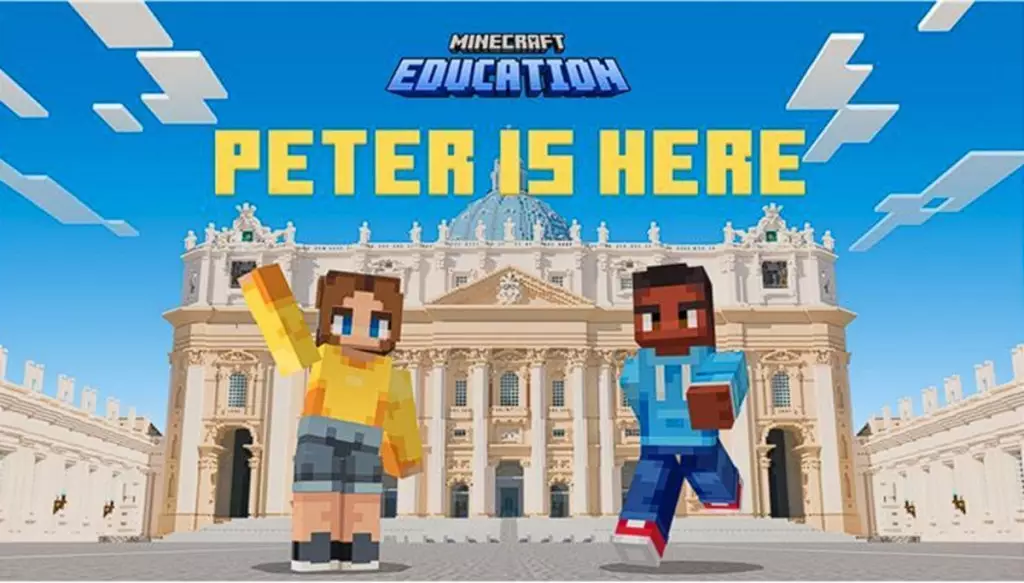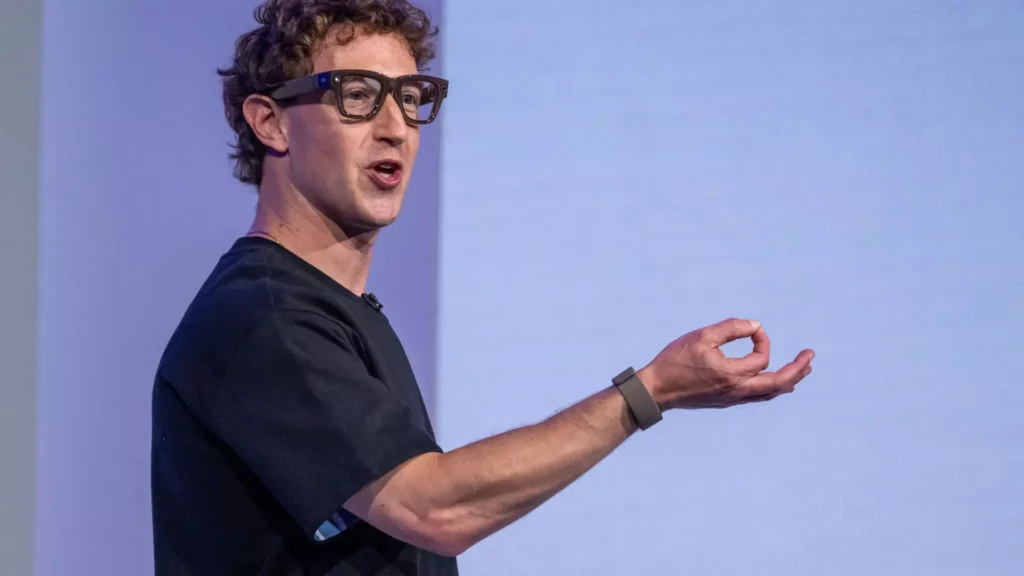In an era where the digital landscape is ever-expanding, the intersection of education and technology stands as a beacon for transformation. One initiative that particularly shines in this regard is “Peter Is Here: AI for Cultural Heritage,” a revolutionary project that merges the intricacies of cultural preservation with engaging digital platforms like Minecraft. This collaboration between Microsoft and the Vatican is not just about learning; it is about reimagining what education can be in the contemporary age. While traditional education often confines students within rigid frameworks and theoretical confines, this initiative breaks those barriers, ushering in a new narrative—one that values active participation and creative engagement.
The role of technology in education has often been scrutinized, raising concerns about diminished interpersonal connections and effective learning. Yet, “Peter Is Here” flips this script by enabling students to dive headfirst into the historical richness of St. Peter’s Basilica. By adopting the mantle of the Sanpietrini—historical caretakers—they become not merely passive consumers of information but active custodians of history, tasked with preserving and understanding the architectural marvel that is the Basilica. This innovative approach ignites a sense of responsibility and stewardship among students, making them partners in the mission of cultural preservation.
The Power of Immersive Learning Experiences
One of the most striking features of “Peter Is Here” is its ability to create an immersive learning environment that transcends the limitations of standard educational practices. As students engage in “Restoration Mode,” they face analogous challenges to those confronted by real-world preservationists. This method fosters critical thinking skills and demands an analytical lens as they navigate the complexities of architectural integrity through centuries. Unlike rote learning, students must evaluate options, make decisions, and observe the tangible effects of their actions within the virtual setting.
Moreover, this approach fosters a deeper emotional connection with the subject matter—the very walls they navigate are imbued with centuries of history and sacrifice. By requiring students to contend with real-life scenarios, such as preserving Bernini’s Baldachin, “Peter Is Here” instills in its participants a profound appreciation of the socio-cultural circumstances that underpin historical achievements. Faced with the challenges of conservation, students step into the shoes of past stewards, which undoubtedly sparks curiosity and respect for cultural heritage.
Integration of Cutting-Edge AI Tools
This initiative stands out not just for its immersive aspects, but also for its innovative integration of artificial intelligence. The use of simulated technologies such as block scanners and damage assessors mirrors the methodologies utilized by professionals in the field, effectively bridging the gap between academic learning and the practical applications of modern restoration techniques. Students gain tangible insights into how AI serves as a pivotal tool for current challenges, not only in cultural heritage but also across sectors like healthcare and environmental science.
In fostering an understanding of AI’s relevance, students are not merely participating in a game; they are grounding themselves in the reality of contemporary preservation efforts. By examining their decisions against a backdrop of simulated technology, they learn to appreciate modern techniques that will impact the future of art restoration. This transformative approach cultivates a sense of agency, enlightening the next generation of custodians to view cultural heritage through the lens of innovation and progress.
Storytelling: Breathing Life into History
At the core of “Peter Is Here” lies the art of storytelling. The virtual environment is rich with digital narratives from historical figures, enabling students to encounter the thoughts and experiences of monumental personalities like Michelangelo. This technique elevates history from static dates and facts into a vibrant narrative that’s enticing and relatable. The intertwining of storytelling with interactive engagement creates a dynamic learning experience, drawing students into a historical tapestry that is both unique and compelling.
The process of exploring the Basilica’s virtual halls becomes a journey of discovery, where students unveil hidden artifacts and narratives, engaging with the past while enhancing their historical perspective. In doing so, they develop a nuanced understanding of how art and architecture have influenced societal values over time, reinforcing the notion that culture is not just a remnant of history but a living entity—constantly evolving and deserving of active participation.
Empowering Educators and Students Alike
While students are the heroes of this digital odyssey, educators play a critical role in facilitating these enriching experiences. “Peter Is Here” thoughtfully equips teachers with supplementary resources, including PowerPoints and workbooks designed to seamlessly integrate into existing curriculums. This dual focus on students and educators signifies a holistic approach to learning, minimizing the disconnect that often plagues digital education initiatives.
As educators guide their students through this complex terrain of cultural heritage and technology, they are themselves empowered to tackle the myriad challenges of teaching in today’s increasingly digital age. Thus, the initiative not only fosters student engagement but also provides essential tools for effective teaching, ensuring that cultural heritage education thrives in spaces defined by digital interaction.
The journey within “Peter Is Here” leads students to earn certificates upon completing restoration challenges, serving as tangible proof of their achievements and instilling a sense of pride. This recognition solidifies their transformation from curious participants to informed guardians of history, shaping a future generation that perceives cultural stewardship as an intrinsic responsibility rather than a mere academic obligation.
In sum, “Peter Is Here” serves as an emblematic venture that sets a precedent for how education can dynamically unfold in the modern world. As technology continues to ebb and flow, maintaining a cultural connection imbued with the spirit of innovation is essential—not as a passive observer but as an active participant in shaping tomorrow’s narrative.









Leave a Reply